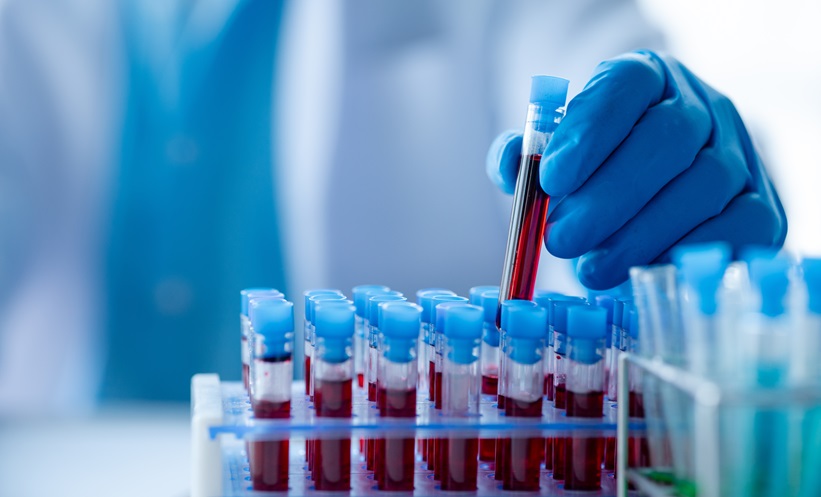Abstract
Contemporary interventional cardiologists have an exposure per person, per year, two to ten times higher than that of diagnostic radiologists. Cumulative doses after 30 years of working life are in the range of 50 to 200 mSv, with a projected professional lifetime attributable excess cancer risk in the order of magnitude of 1 in 100. Of special concern, the left side of the operator is more exposed (30% to 100%) than the right side, and less protected parts of the body (e.g. head and hands) can receive equivalent doses between 5 and 50 mSv per year.
Focused studies are clearly needed to define the occupational health risk of accumulated radiation exposure in catheterisation laboratories, particularly in respect of potential risk for circulatory diseases (i.e. heart disease and strokes) and effects on the cognitive function. This paper describes the rationale of the ongoing Healthy Cath Lab (HCL) Study, designed by interventional cardiologists, for interventional cardiologists. The Italian HCL project is a case-control study that will include a cohort of 500 highly exposed subjects (interventional cardiologists, nurses, and technicians working in the cath lab >3 years) and a ‘best match’ control group of 500 unexposed subjects. All aspects of in-room personnel radiation exposure (e.g. standard safety precautions, workload), as well the health status of each participant, will be investigated by using a web survey. In order to overcome the inherent limitations of the epidemiological approach, the relationship between radiation exposures and the risk of health effects will also be evaluated through ‘early warning’ signs, which are easy to measure and are capable to identify long-term risk for subsequent clinically overt disease. Examples of surrogate endpoints include chromosome aberrations analysis for cancer risk, carotid intima-media thickness and telomere shortening for atherosclerosis, and olfactory dysfunction for neurodegenerative disorders.
The HCL project will contribute in the defining of the potential occupational health effects of radiation exposure in cath lab, as well as strengthening ‘the culture of safety’ in the cath lab.
Please view the full content in the pdf above.








